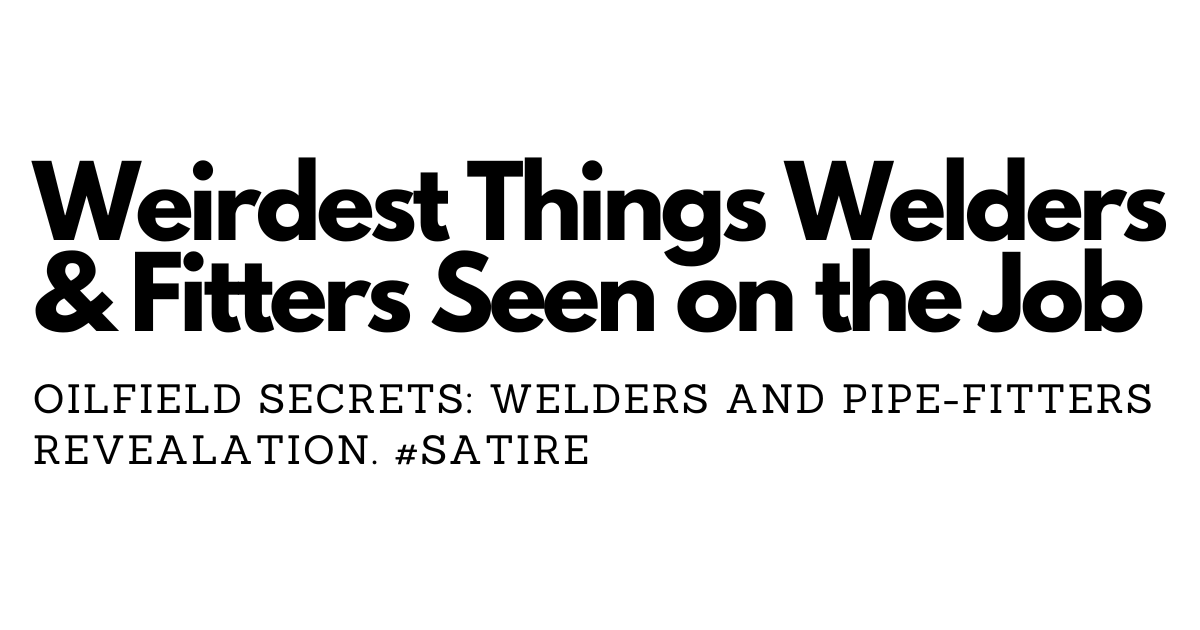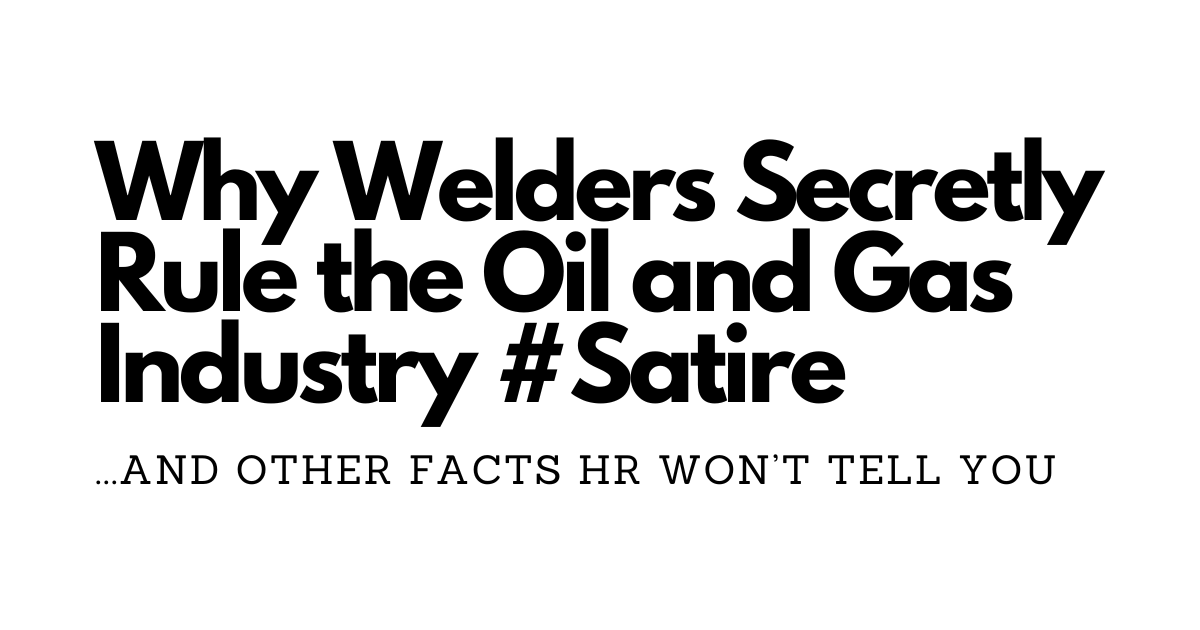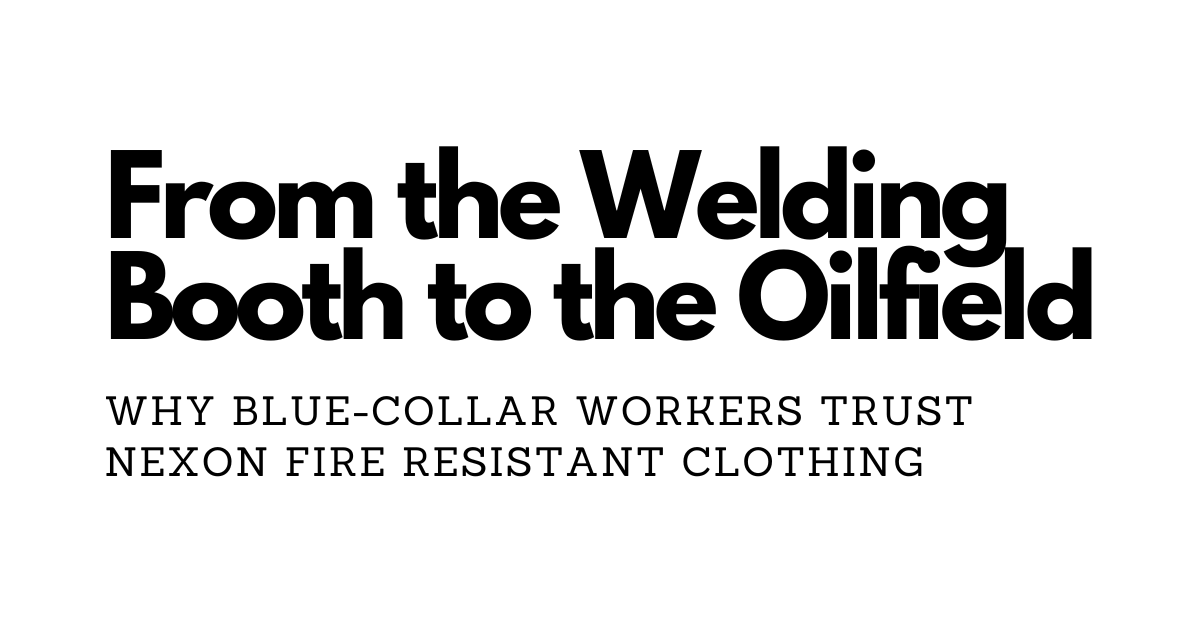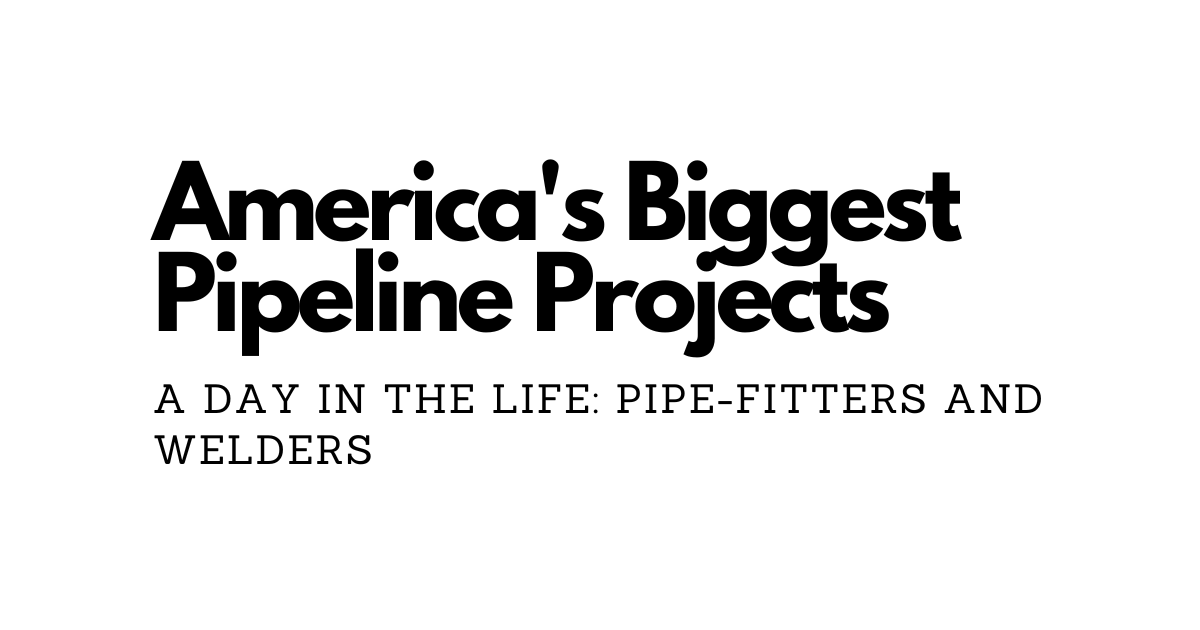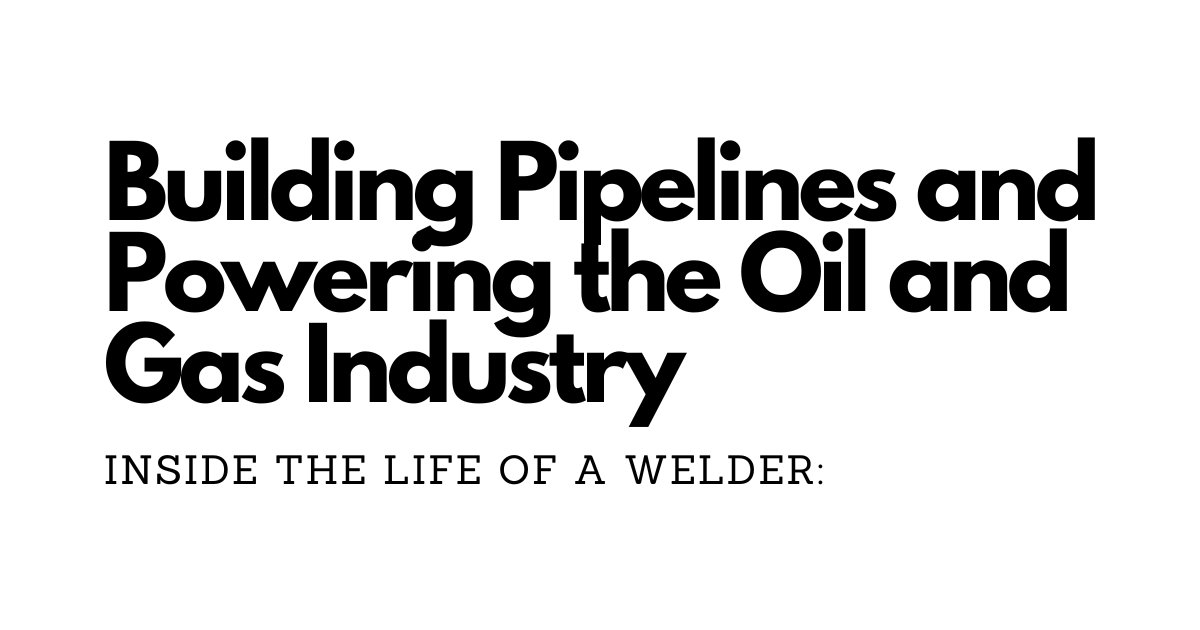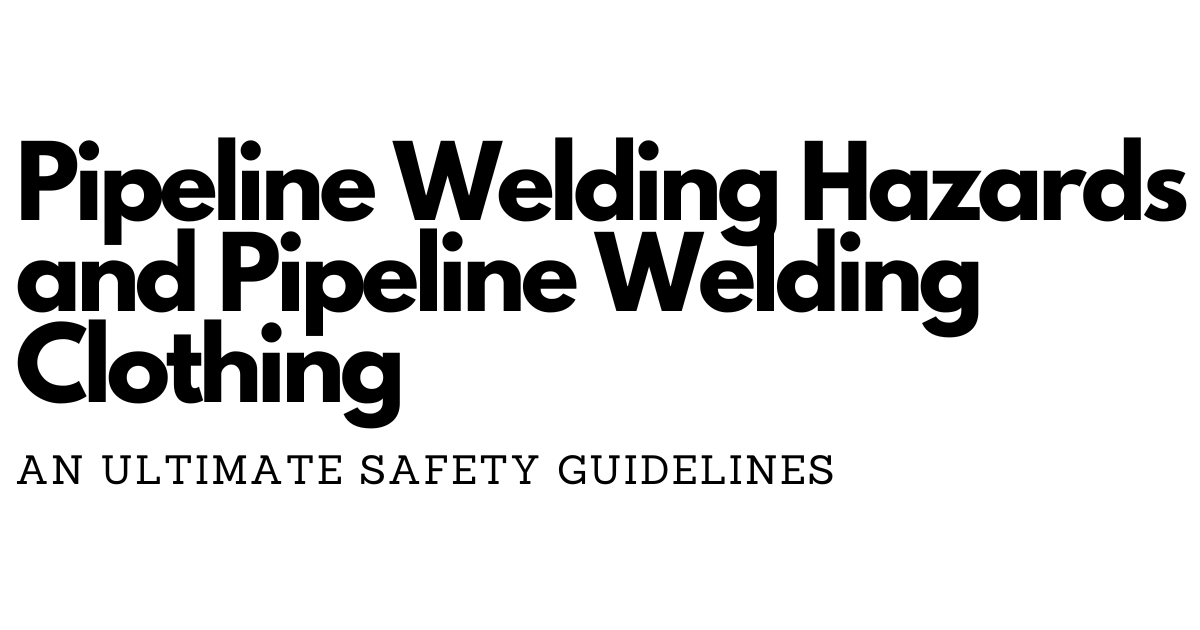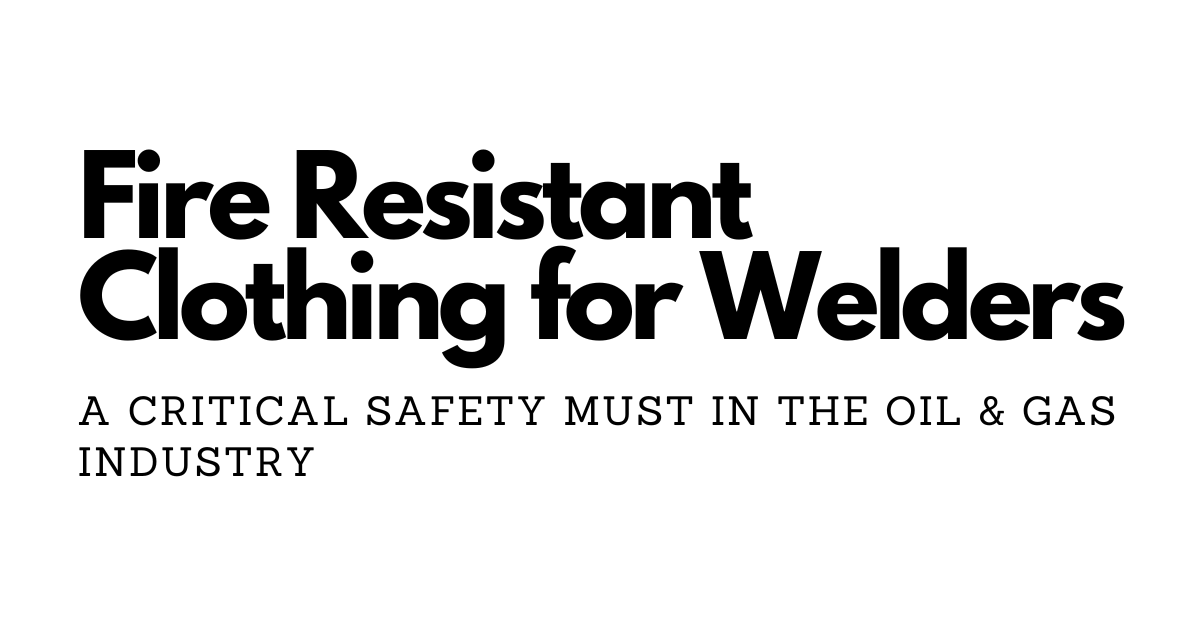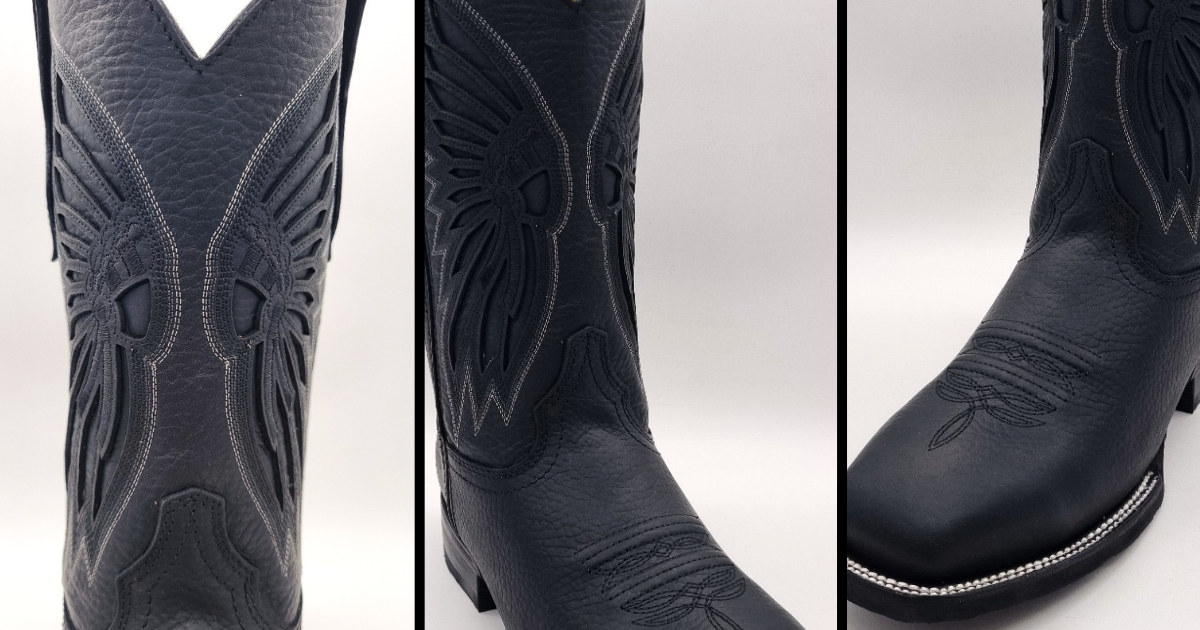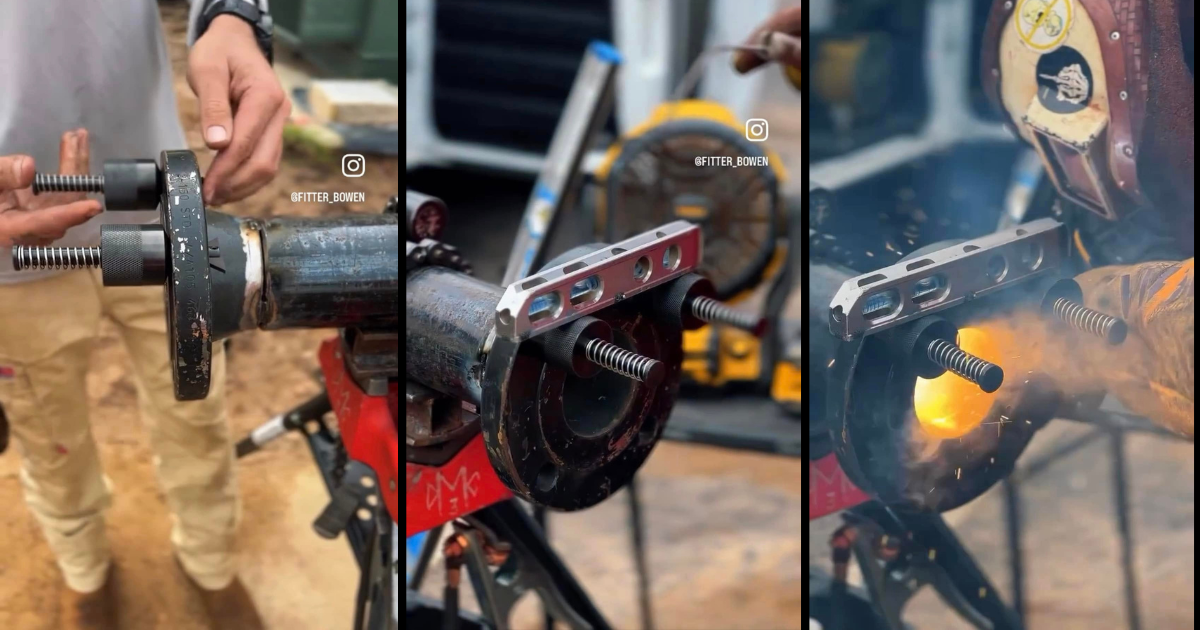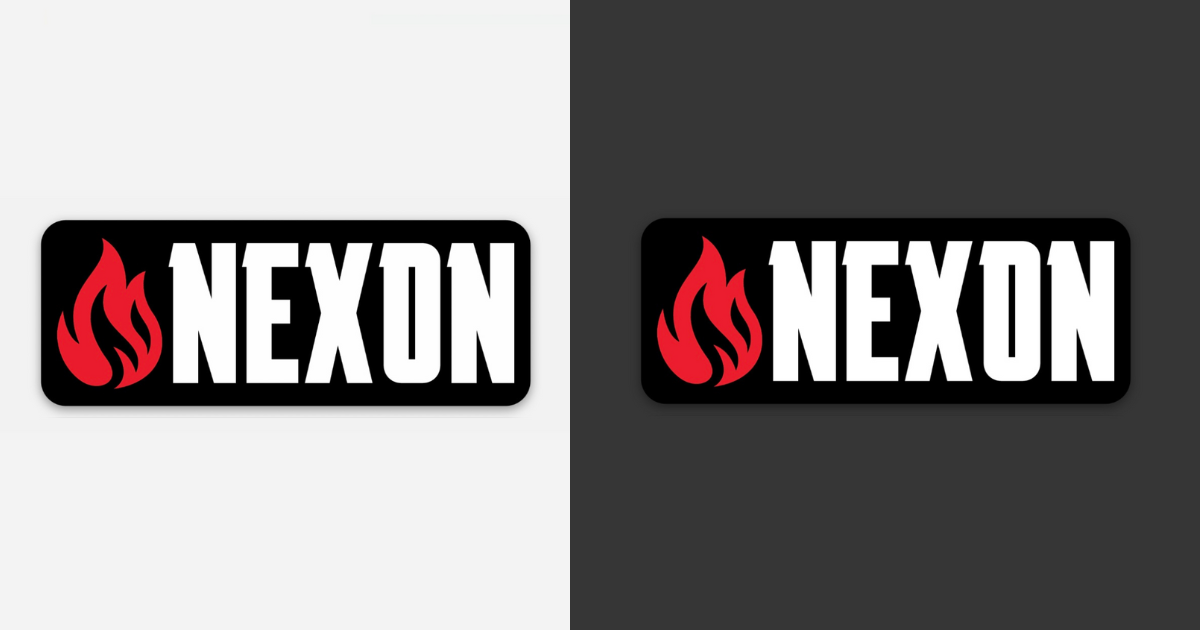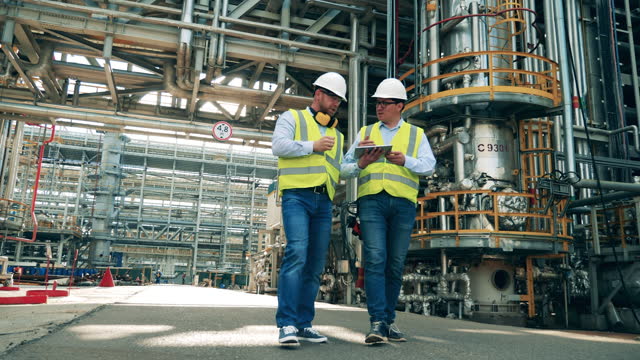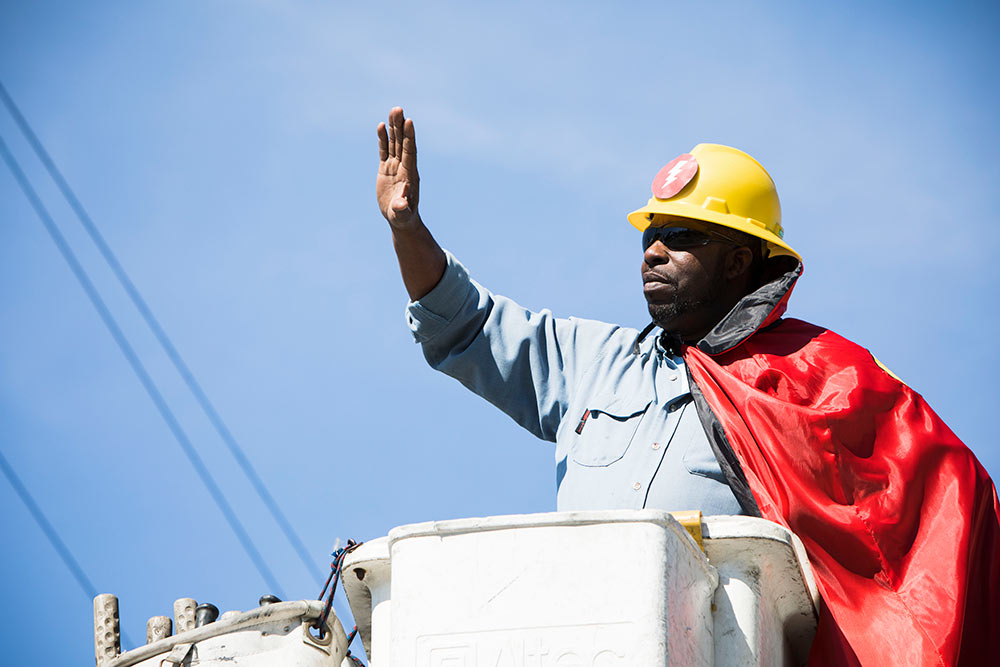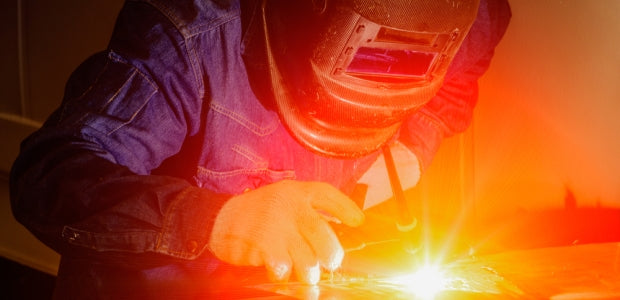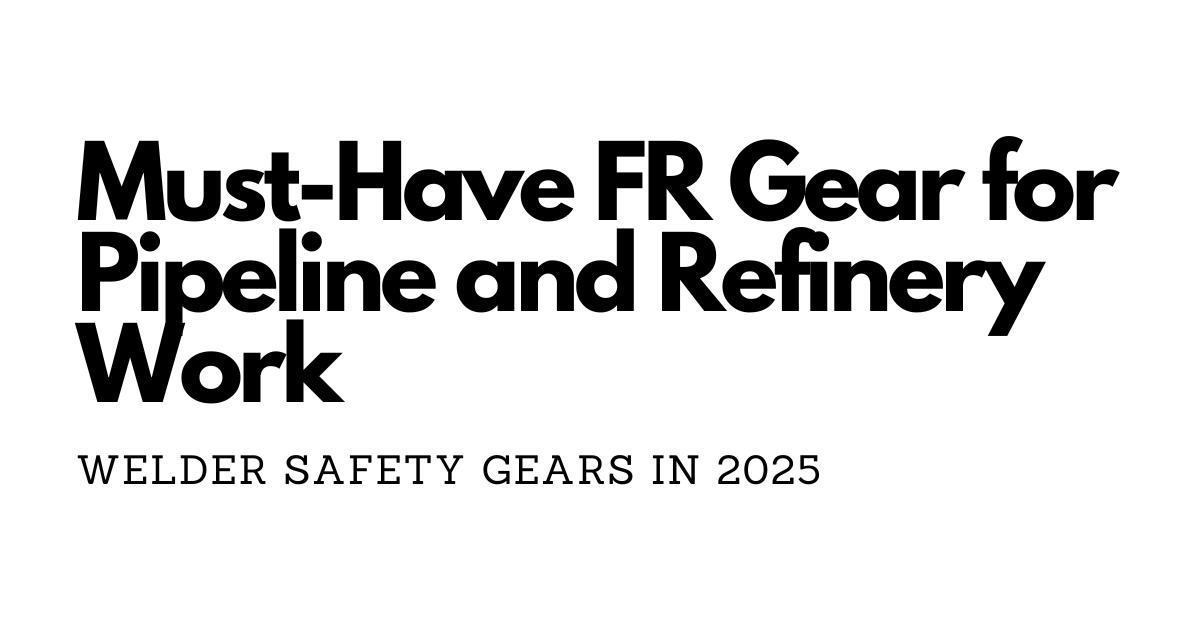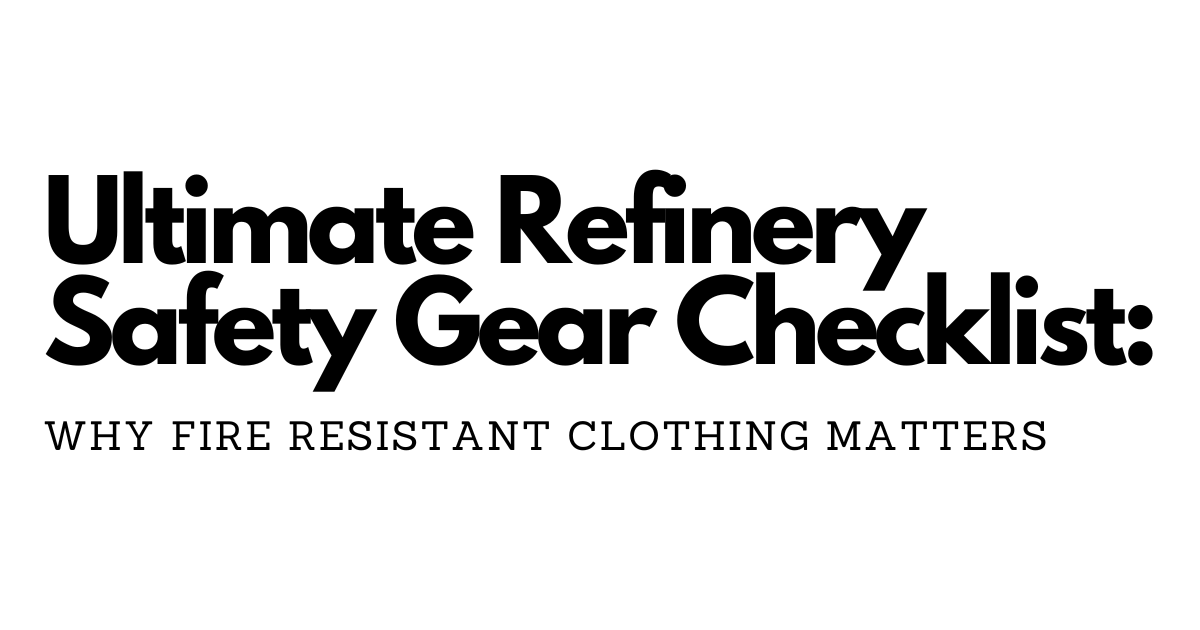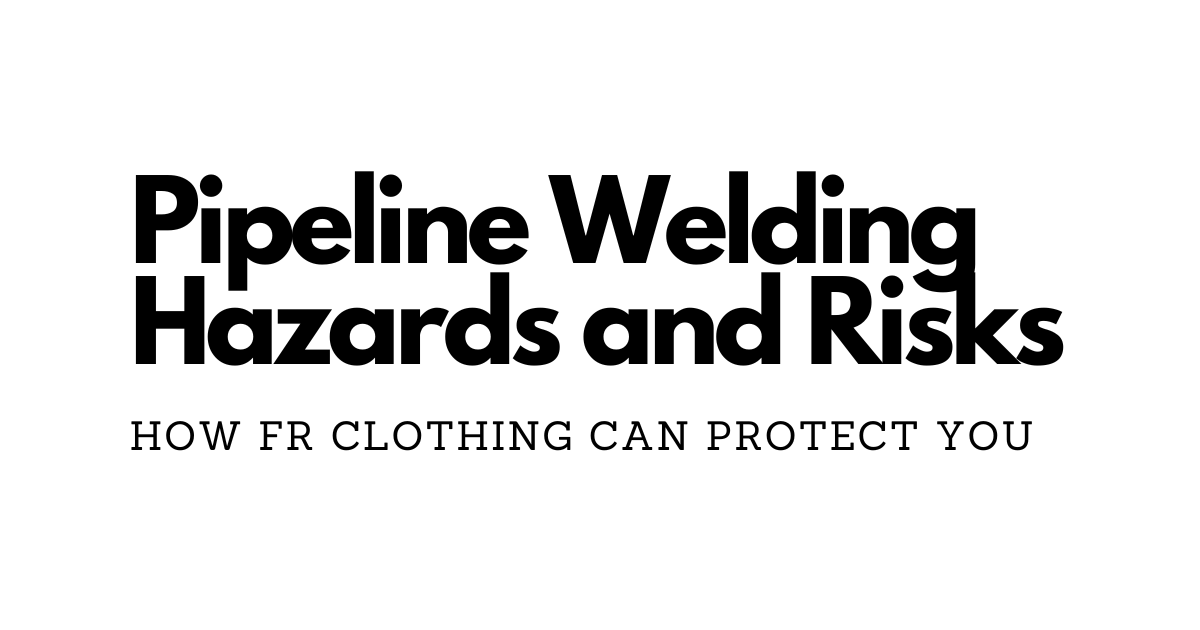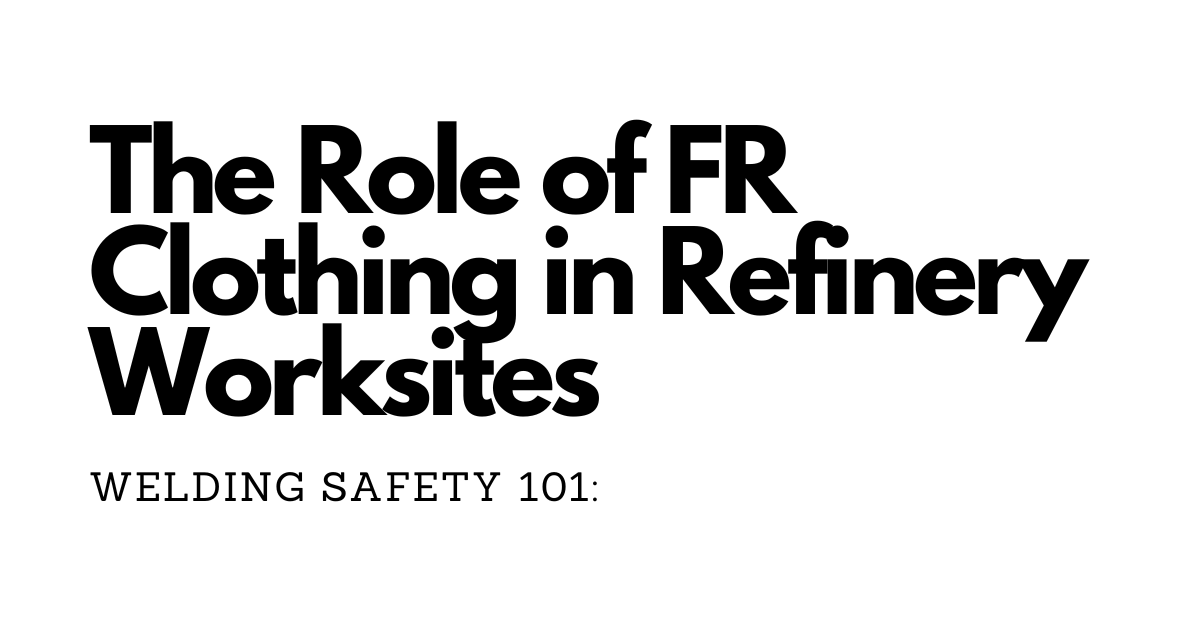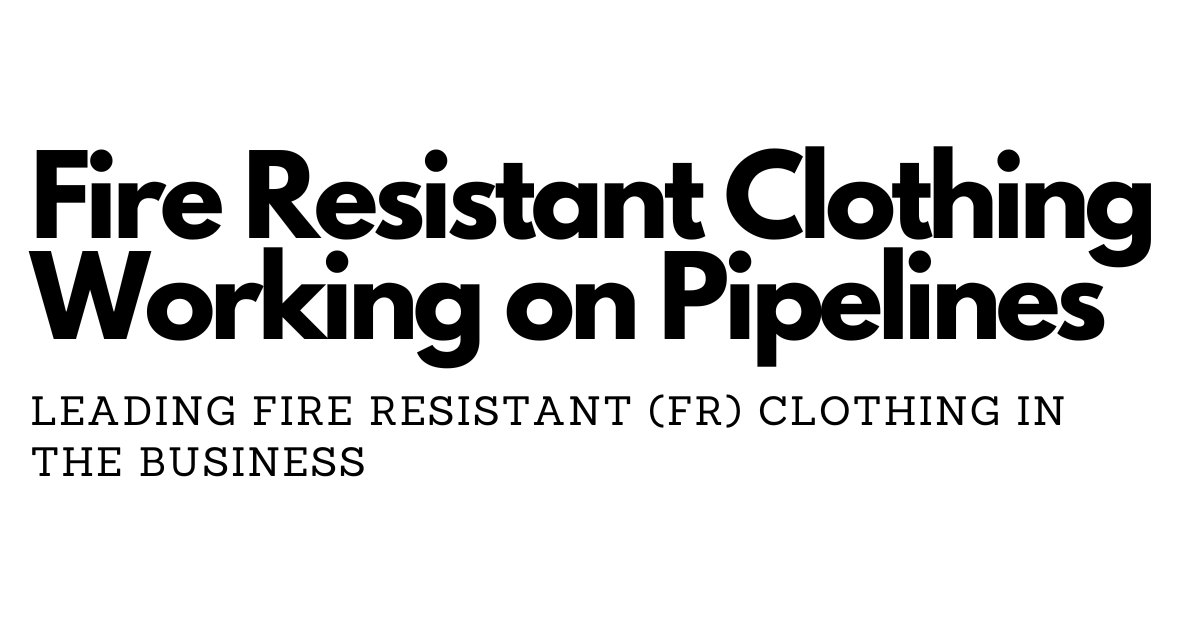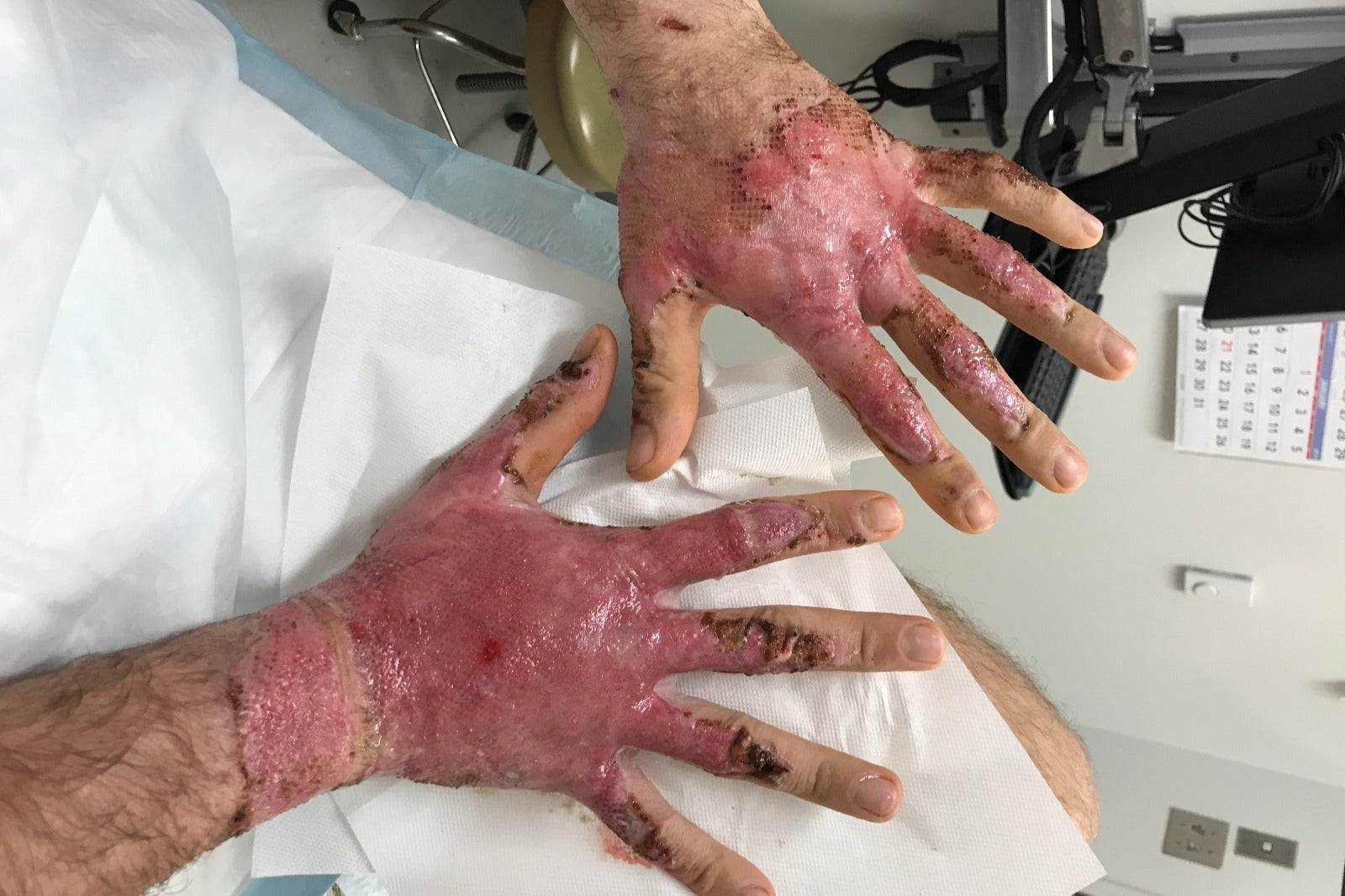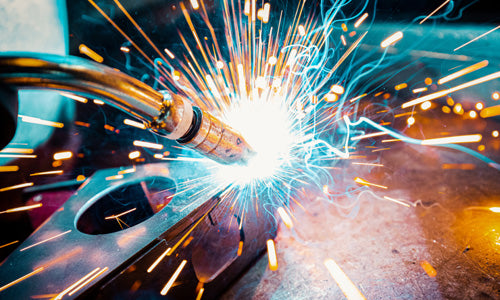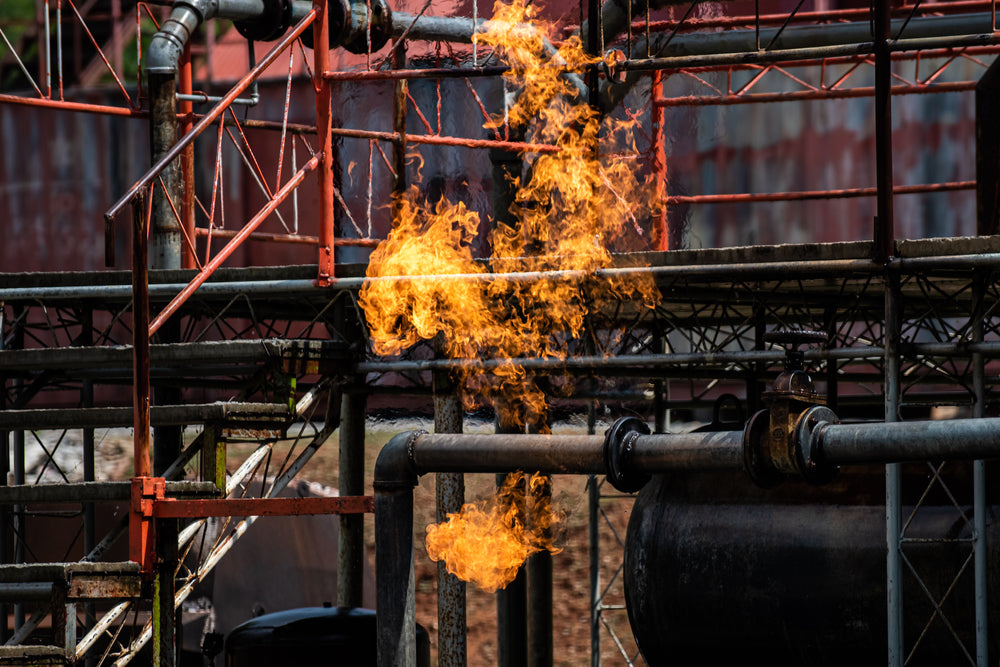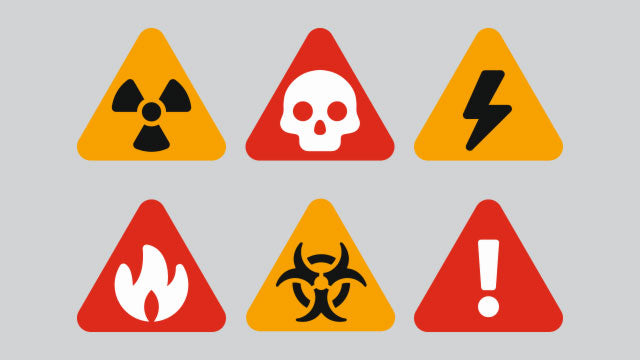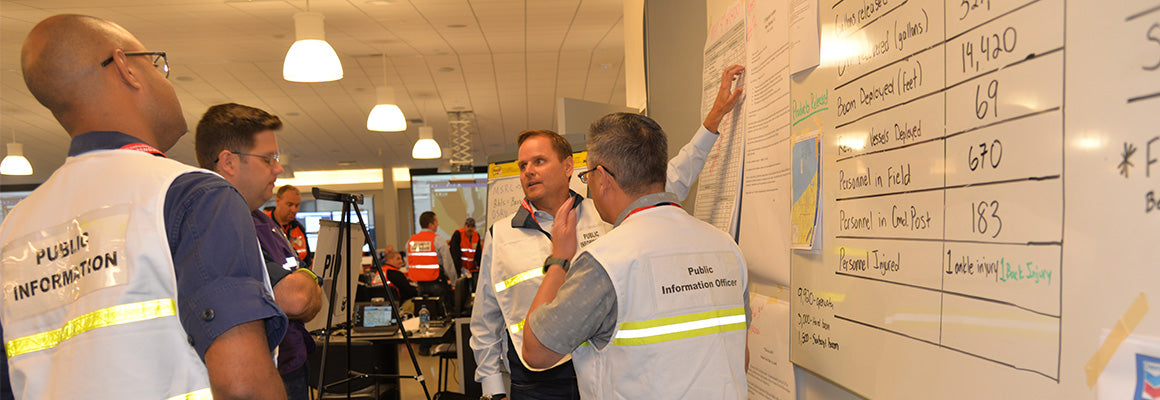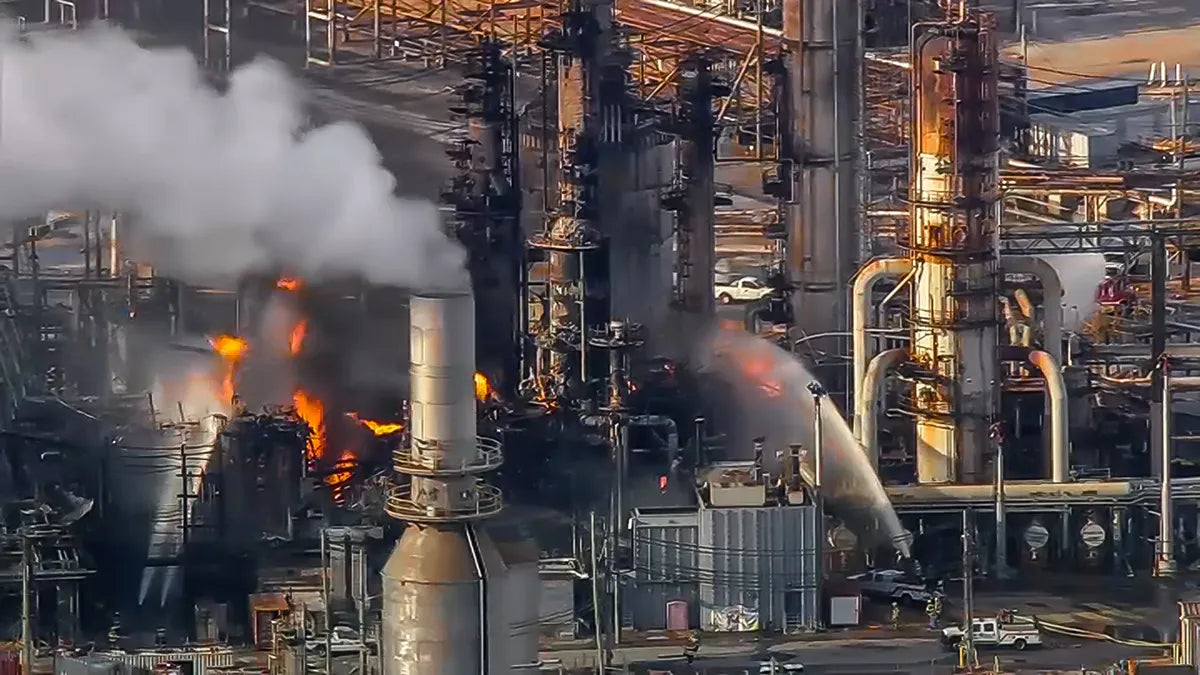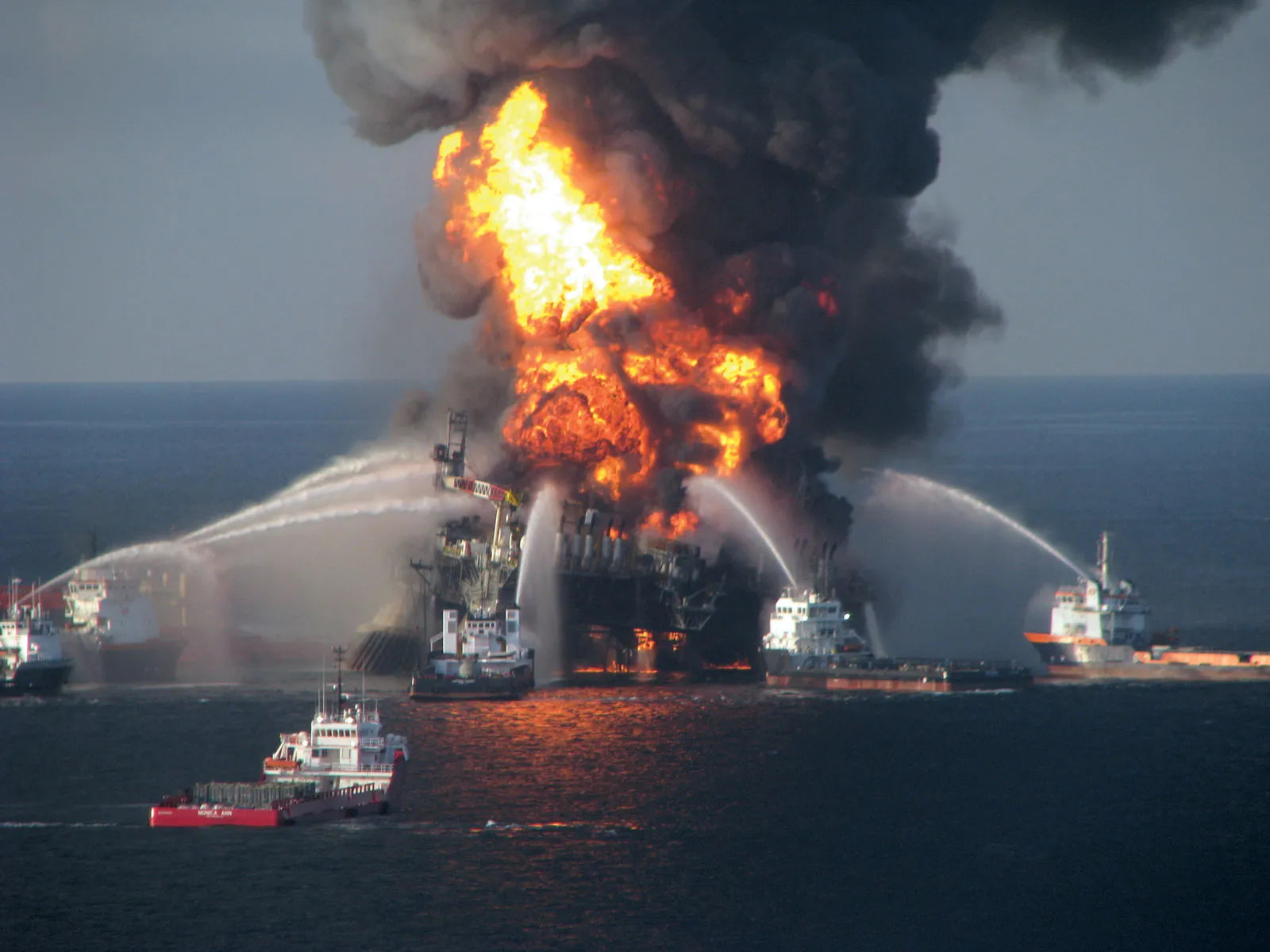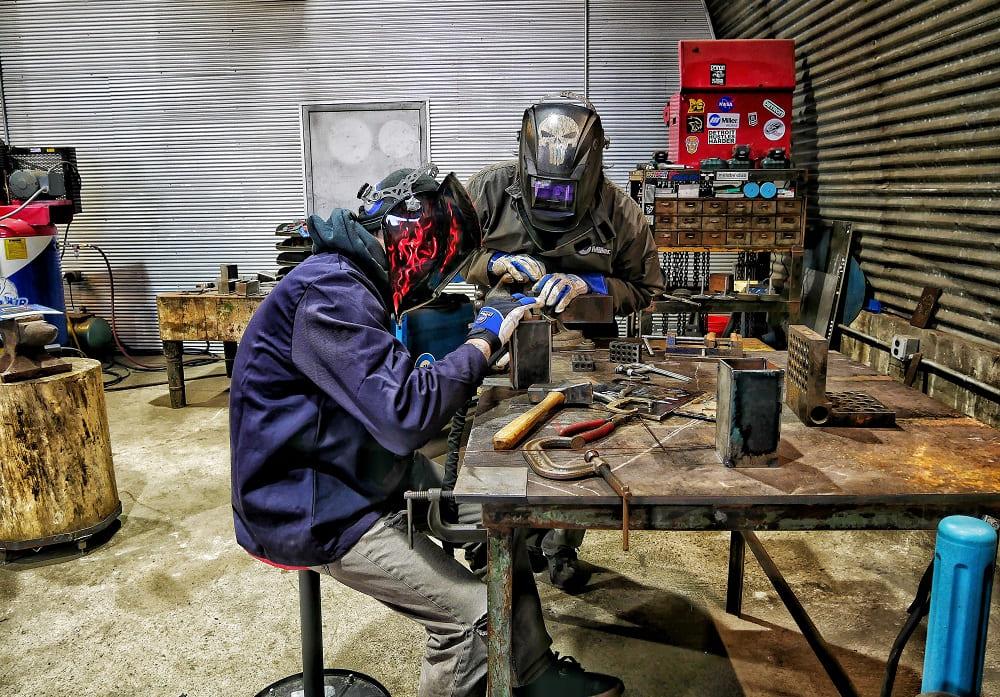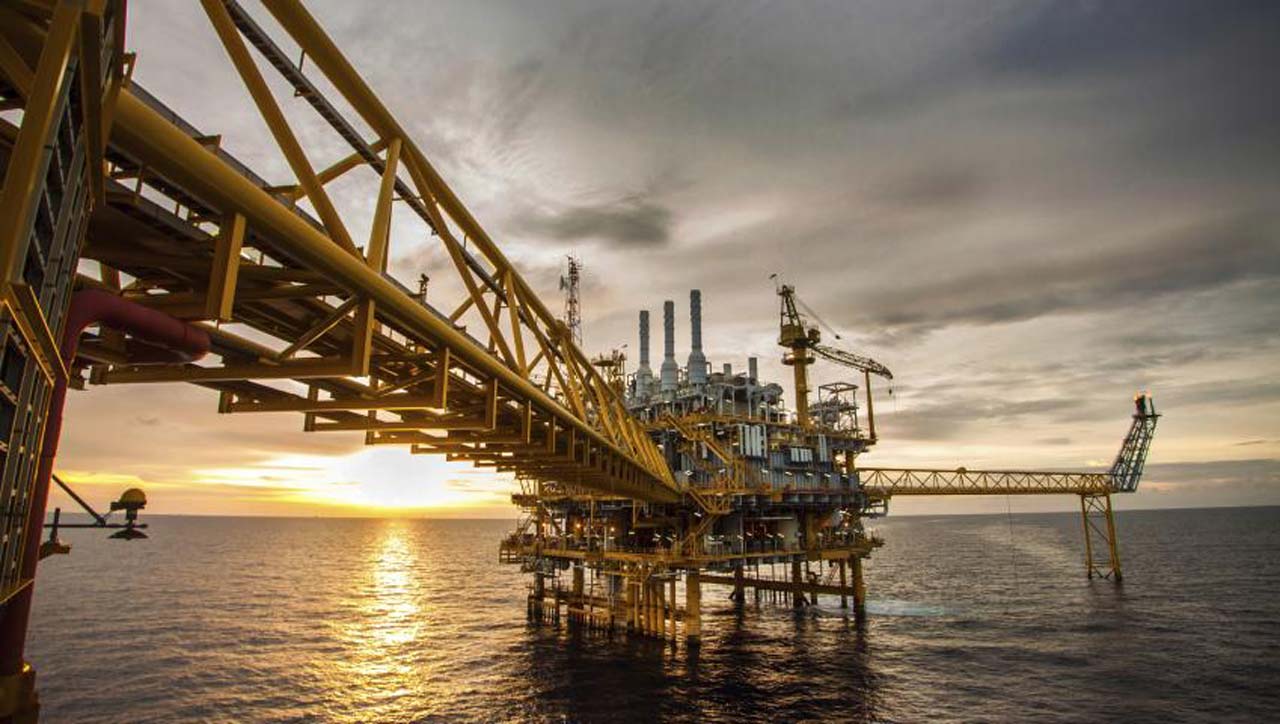

Face it, you’re not tougher than the sun. Heat stroke happens when the body is overwhelmed and unable to regulate its core temperature due to overheating and loss of fluids and salts. High temperatures, bulky clothing, and a lack of heat acclimatization are just a few factors that can cause a worker to develop heat stroke. But your employees might not realize just how destructive heat stroke can be to their bodies or how simple strategies can help them save a life.
Heat stroke can permanently damage your vital organs.
When a worker’s body temperature rises to extreme levels, heat stroke can cause damage to the brain, heart, liver, and kidneys through hyperthermia or the disintegration of damaged muscle tissue. An increased body temperature can also cause some organs to swell and remain permanently injured. This could put your workers at serious risk for needing an organ transplant after suffering a heat stroke, whether or not they have any underlying medical conditions.
Your heat tolerance can be compromised after a heat stroke. It won't be the same again.
You may have a worker who thinks they’re a tough guy who can just “man up” in the heat. But they probably don’t realize that certain heat stroke survivors can not handle the heat the same way they did before. They may notice that once they begin working in the heat again, their temperature goes up faster, they don’t sweat as much to cool their system down, and they start having signs and symptoms at a much lower threshold than before.
You can still suffer heat stroke even on a warm, cloudy day.
When most of us think of the hottest days of the year, we think of clear blue skies with the sun glaring down. Your workers might not realize they can still become ill on overcast days with temperatures under 80 degrees Fahrenheit. The reason? Humidity can slow down or prevent sweat from evaporating so the body can’t cool itself normally. If your workers aren’t cooling off by taking regular breaks in the shade, drinking cool water, or wearing cooling PPE, built-up environmental heat stress can cause their internal temperature to rise to dangerous levels.
Hydration alone does not prevent heat stroke.
Much like cloudy days that aren’t very hot, workers can still experience heat stroke even if they’re hydrating. If your workers are over-exerting themselves on the job, hyperthermia can set in and put them at severe risk since their bodies aren’t dispelling heat as fast as they’re accumulating it. Add in workdays where environmental conditions are intense, and you have a recipe for disaster. This is why utilizing as many cooling methods as possible is crucial to keep workers safe in the heat.
To treat heat stroke: Use the principle of “cool first, transport second”.
Teach your workers that if they suspect someone is suffering from heat stroke, the first thing to do is to contact Emergency Medical Services (EMS) to get the sufferer to proper medical professionals. In the meantime, they need to cool the affected worker immediately! The best practice for this is through cold water immersion, which is the process of placing a heat stroke sufferer in a large tub where cool water and ice are constantly added to bring down their internal temperature. Continue immersion as you wait for EMS to arrive. Be sure to check the sufferer after about 15-20 minutes for any signs of hypothermia in case you have accidentally misdiagnosed heat stroke.
Making sure heat stroke sufferers are being constantly cooled before medical personnel arrive is paramount for treating exertion heat stroke, so you may have to improvise. If a tub is not immediately available, your workers can use a tarp as a makeshift tub. Have them put the worker in the center of the tarp, lift the sides to make a kind of sling, add cold water and ice, and immerse them as well as you can while you wait for EMTs. The bottom-line is your workers need to find the most efficient way to cool down the sufferer to a core body temperature of approximately 102 degrees Fahrenheit.
You generally have only 30 minutes to prevent long-term damage.
Time is of the essence! Plan ahead so your workers are prepared and outfitted to provide the immediate cooling that’s crucial to prevent long-term complications from heat stroke. If a worker can be cooled to approximately 102 degrees Fahrenheit and serviced by medical professionals within 30 minutes of initial collapse, their chances of survival without health complications are significantly improved. However, if treatment doesn’t occur until 30 minutes after a worker shows symptoms of heat stroke, their chances of developing long-term complications increase. Permanent complications and death become more and more likely if cooling is delayed well beyond 30 minutes. This makes administering first aid incredibly important to prevent serious and deadly health complications.
